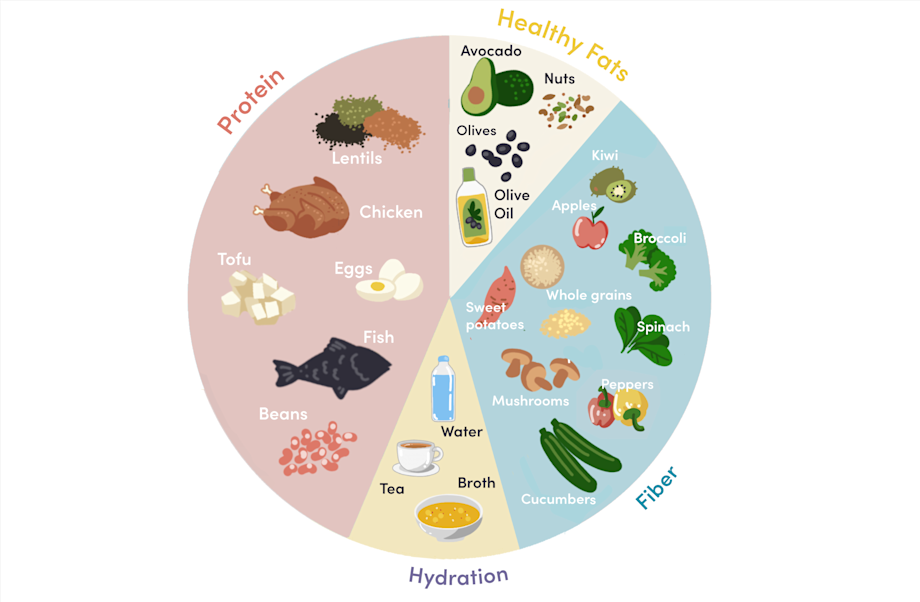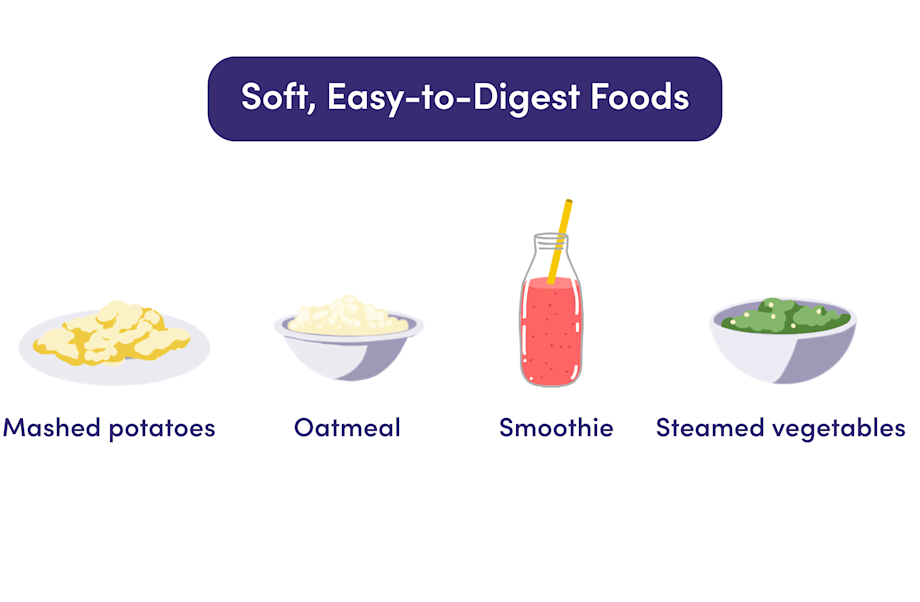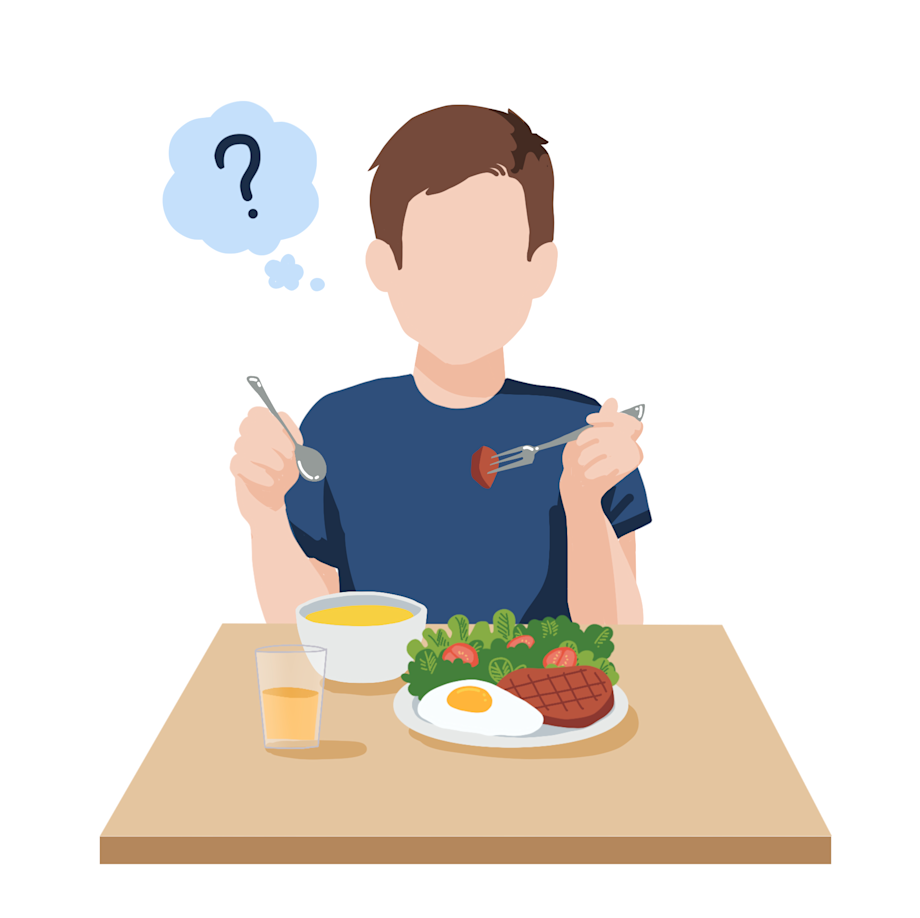How To Eat Well While Taking GLP-1 RAs
How To Eat Well While Taking GLP-1 RAs
Eating well on GLP-1 RAs is not very different from general healthy eating, but it requires more mindfulness since fullness may set in quickly.
Because these medications change how your body processes food, maintaining balanced nutrition is key. Eating nutrient-dense meals, managing side effects, and staying hydrated can help you feel your best.
Essential Nutrients
A smaller appetite can increase the risk of missing key nutrients, making it crucial to focus on high-quality foods that provide the necessary fuel.
When taking a GLP-1 RA, prioritize:
Protein (meat, fish, eggs, beans) – Helps maintain muscle mass.
Healthy fats (avocados, nuts, olive oil) – Provide sustained energy.
Fiber (vegetables, whole grains, fruit) – Supports digestion and gut health.
Hydration (water, broth, tea) – Prevents dehydration and supports metabolic processes.
KEY TIP: Start your meals with protein to ensure you meet your nutrient needs before feeling full.

Managing Side Effects
While GLP-1 RAs can be powerful tools for weight management and blood sugar control, they may cause changes that can take some getting used to, such as altered digestion, appetite, taste perception, and hydration.
Let’s take a closer look at what you might be experiencing and how small adjustments can help you stay on track.
Digestive Changes
Because GLP-1 RAs slow digestion, some individuals experience nausea, bloating, or early fullness.
Eat slowly and mindfully.
Choose soft, easy-to-digest foods like yogurt, oatmeal, scrambled eggs, soups, or mashed vegetables.
Eat small portions and stop before feeling too full.
Stay hydrated by sipping water between meals rather than drinking large amounts during meals.
If digestive symptoms persist, consult your doctor, as your medication dose may need adjustment.

Low Appetite
GLP-1 RAs are designed to slow the digestive system, so it’s normal to feel less hungry than before. While it may be tempting to skip meals, maintaining steady nutrition is essential for overall health and energy.
To maintain good nutrition despite a lower appetite, consider:
Eating smaller meals more often.
Choosing nutrient-dense, easy-to-eat foods like smoothies, yogurt, and soups.
Eating every 4 to 5 hours to keep your energy up and prevent muscle loss.
Taste Changes
These medications may also affect how foods taste, making some less appealing than before. You may notice:
Less craving for greasy, fried, or spicy foods.
A reduced desire for sweets.
Flavors taste stronger or weaker than usual.
To manage this, experiment with different textures, incorporate herbs and spices, and keep meals simple until you find what works best for you.

Reduced Thirst
GLP-1 RAs can also decrease thirst sensation, increasing the risk of dehydration. Proper hydration is crucial for digestion, energy, and blood sugar regulation.
Stay hydrated by:
Carrying a water bottle.
Eating water-rich foods like cucumbers, melons, and broth-based soups.
Setting hydration reminders.
Maximizing Success on GLP-1 RA
Eating well while taking a GLP-1 RA isn’t just about eating less—it’s about eating smarter. Providing your body with the right nutrients will help maintain energy, support metabolic function, and improve overall well-being.
Tools like GoodChef and your Goodpath Coach can help you build healthy habits with confidence!